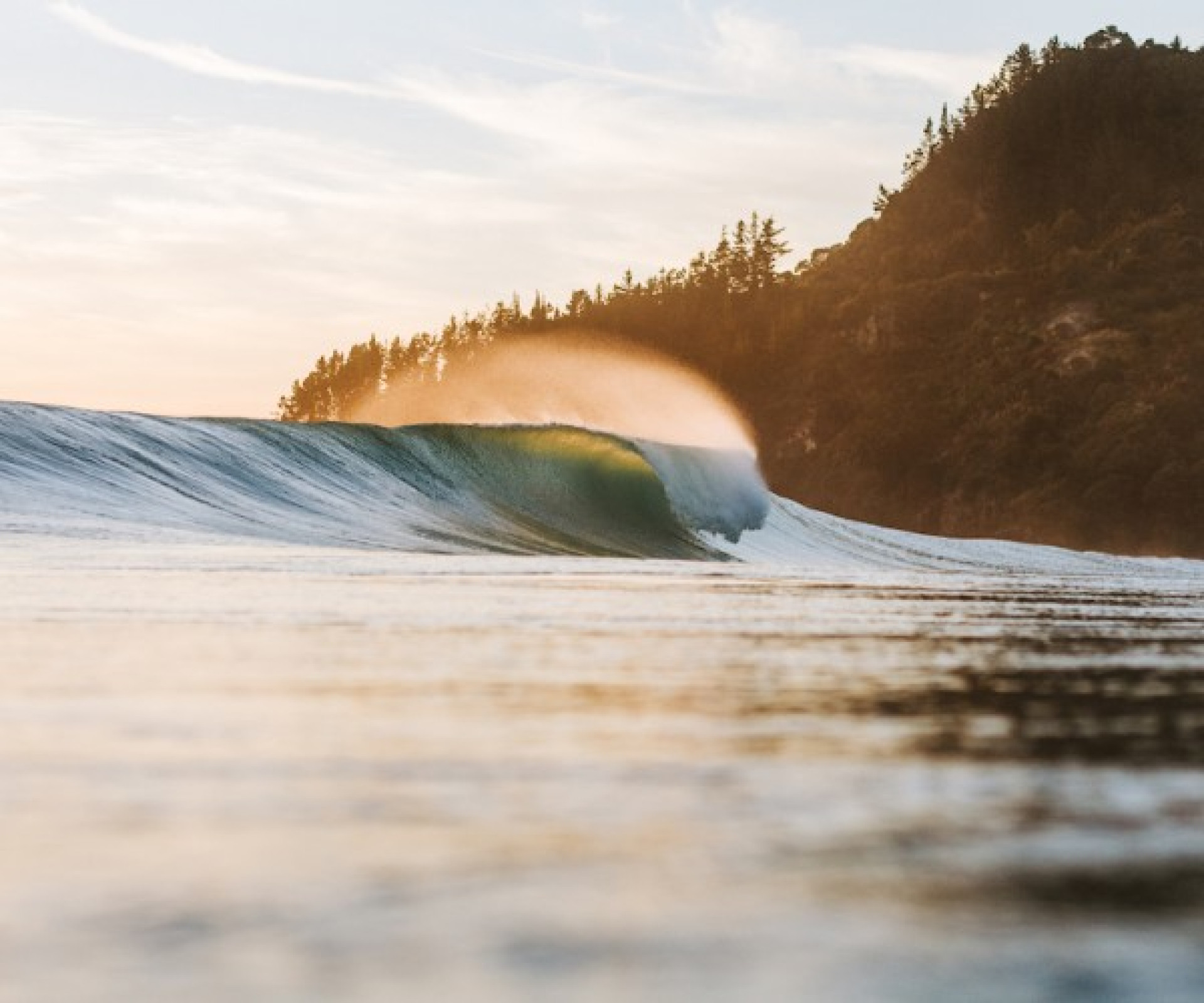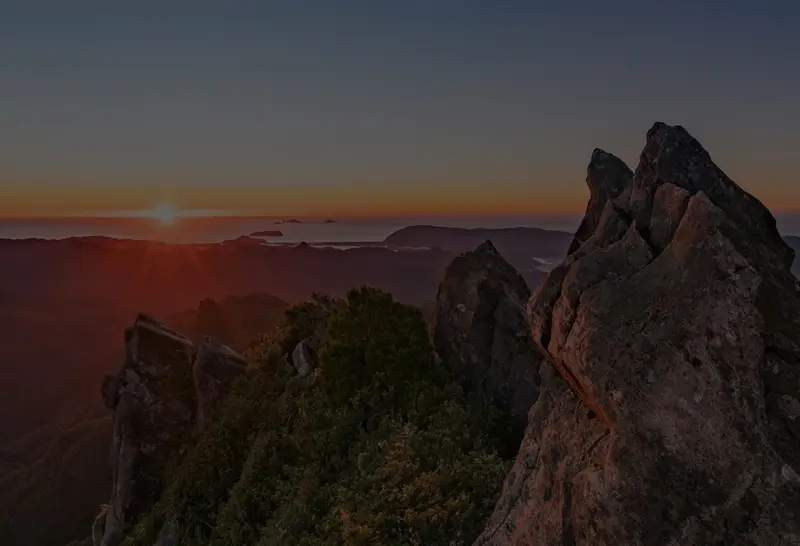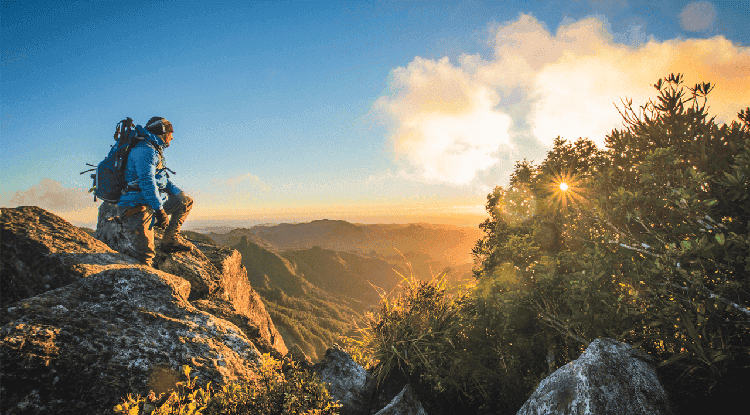
Enjoying The Coromandel all year round
It's always a good time to come on over to The Coromandel. While summer is hot and bustling with people out and about enjoying life as it should be, as Autumn approaches the golden days shorten, the air cools and the forest parks become a much-enjoyed playground. Winter is a great time to bunker down, take some time for yourself and regenerate the soul. Spring is much quieter than summer, yet still offers long warm days, and there's an extra freshness in the air, encouraging to you to get out and about.
Temperatures
Temperatures in The Coromandel reach 24 - 31°C in the summer months and average 12 - 14°C in the middle of winter. Check today's weather in The Coromandel.
Seasons
Summer December -
February
Autumn (Fall) March -
May
Winter
June -
August
Spring
September - November


Autumn (Fall)
Forecasts & Latest Information

Maps, Driving Times and Updates

Local Tide Times

Webcams
For your remote fix.

Take a Virtual Tour

Marine Forecast - Eastern Coromandel
Boating and surf forecast for Hauraki Gulf and east coast of The Coromandel

Weather Forecast - MetService
Tips & Suggestions For All Seasons
Best time to visit
The Coromandel does not have very distinct seasons. As the region has a long coastline it enjoys a subtropical/oceanic climate with year-round moderate temperatures and no particular rainy season. This makes it an excellent destination to experience nature up close, relax, and explore the untouched beauty to be found here.
Locals would say that it is summer in The Coromandel for half the year. It starts in December as the first signs of the Pohutukawa flowers turn the tree-clad coastline a deep crimson. The colours of the New Zealand Christmas tree, heralding the impending start of the long hot summer holidays.
Yes, school’s out, pack the chilly bins, the togs and boogie boards and the last of the Christmas ham. Everyone heads for their favourite spot, maybe the family bach, a campsite, motel or apartment, at the beach, in the bush or out on the wide green plains.
The endless summer goes on into the New Year, with visiting friends, barbeques and fireworks. It continues with hikes into the bush chasing cooling waterfalls and swimming holes, fishing trips to the end of rocky headlands, boating excursions to feed assembled friends, and picnics in the shade, watching the kids at their endless body surfing in the shallow waves.
The darker blue water recedes and the sea temperature rises steadily to reach 20-24 degrees C, about the same temperature as the air. A sea breeze is welcome in the afternoons, as the temperature rises, but it’s rarely above 25 degrees C.
The fun continues after some folk head back to work after a short break. The families stay on as long as they can, with school galas, muddy splashy races on the flats at low tide, waterslides and SUP adventures up the harbour. There’s always a calendar packed with outdoor concerts (touring is in again didn’t you know?), wine and food festivals celebrating fresh summer drops and cruising beats for evening enjoyment at the many laid-back outdoor cafes and restaurants.
Summer has a different meaning for everyone who visits The Coromandel, but it's the relaxed Coro’ vibe and the simple ways of passing the long idyllic days that are the consistent themes throughout the year.
And as the light takes a golden tinge, and the days draw in ever so slightly, the summer continues on through March and into the autumn hues of April and May. The kiwi holiday makers have returned to school and work, and the locals sit back and welcome the prime time.
With settled weather patterns, warm seas and cooler evenings, the far vistas in the clear late summer air are a bonus for those out hiking and walking the many trails. In fact, this is the best time of year for many of the outdoor activities visitors seek: walking the remote Coromandel Coastal Walkway, hiking to the summit of The Pinnacles, and cycle-exploring the relics of local heritage and the varied landscapes traversed by the Hauraki Rail Trail.
And eventually the days close in, and while winter in The Coromandel feels relatively short, it has its own charm. With the cooler waters and winds out of the west, the east coast can be very calm and great for a boat or kayak trip to explore the marine reserve. There can be some big swells rolling into the surf beaches at this time of year, but even then, a heavy wetsuit is not required.
With a number of game fishing competitions rally and multisport events, this is when the adventurers get to challenge themselves in the rugged hills and expansive waters of the peninsula. The Illume Festival of Lights brightens the longest nights, but there’s still plenty of sunny days after a frosty start in the mountain valleys.
Given the latent thermal activity in the region, this is not a bad time to experience the childlike thrill of digging your own spa in the sand at hot water beach or a rejuvenating swim or soak in one of the thermal mineral pools. The waters are known for their soothing, healthful properties, and a relaxing sojourn in one of the spas provides time out for the mind.
The galleries and studios of the region showcase the talent of local artisans, finding inspiration in the land and seascapes, and the flora and fauna of the place. Creativity thrives in The Coromandel, and the region has a reputation for high quality arts and crafts, which the creators love to share with visitors.
There is no bad time to visit The Coromandel; spring is a quieter time. The locals are preparing for summer, but the influx of holiday-makers feels a long way off. The native forest comes alive at this time as Manuka and the elusive Rata turn the green hills white, and ringing with cheeky Tui calls. The spectacular Rewarewa flower is worth seeking out on a forest walk and many of the forest giants bloom more discretely. The waterfalls and streams are generally in good show, and the sounds of the forest awakening signal the departure of winter.
This resurgence of life is also noticed in the sea. As the waters begin to warm, spawning time approaches, and kingfish return to shallower depths, attracting keen fishers in search of fun. A different kind of “spring break” entirely. Coromandel seafood is front and centre at a number of events, and certainly features on menus at this time of year. The Coromandel is also known for its green-lipped mussels and Pacific oysters, all part of the homegrown food and produce abundant in this region.













